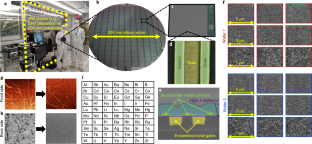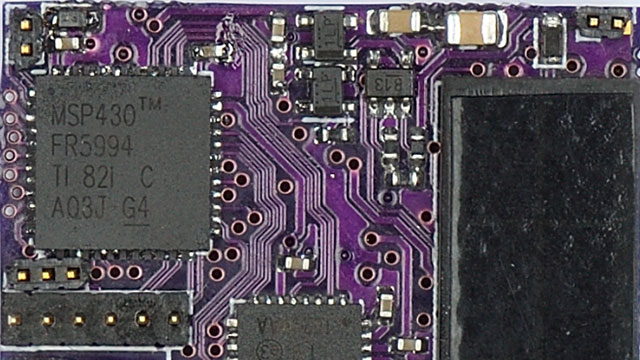(New 5G Switches Mean Battery Life Improvements, Higher Bandwidth and Speeds)
2020/5/26 アメリカ合衆国・テキサス大学オースチン校(UTAustin)

・ UT Austin とフランス・リール大学が、より効率的な 5G 周波数帯へのアクセスと、電池寿命を保持しながら通信速度向上を可能にする RF スイッチを開発。
・ スマートフォンでネットワークと 4G、Wi-Fi、LTE や Bluetooth 等間の周波数を切り替える現行の RF スイッチは常時稼働しているため、プロセス処理のためのエネルギーと電池寿命を消耗させる。
・ 新 RF スイッチは、現行スイッチの 50 倍超のエネルギー効率を有し、ブロードバンド技術において前例のない、HDTV(高画質・高音質テレビジョン)ストリームを 100GHz で送信できる。
・ 同 RF スイッチは、デバイスによるネットワークの切り替え支援時以外はオフ状態で電池を長持ちさせ、5G レベルの速度のベースラインをはるかに上回るデータ送信能力を提供する。
・ ナノ材料の六方晶窒化ホウ素(hBN)で作製した同 RF スイッチは、ホウ素と窒素原子のハニカムパターンの単一層(人間の毛髪の1/100万の薄さ)を一対の金の電極で挟んだ構造。スマートフォンに加え、衛星システム、スマートラジオ、リコンフィギャラブル(再構成可能)通信、IoT や防衛技術にも利用できる。
・ 米国防高等研究計画局(DARPA)は、「near-zero-power」の RF スイッチの開発を長年推進しており、5G スペクトルの低周波数帯にて、低速度だが長距離間のデータ送信に成功している。今回開発した RFスイッチは、低周波数帯のギガヘルツ(GHz)から将来の 6G 開発の鍵となる高周波数帯のテラヘルツ(THz)まで、5G の全スペクトルを通じて機能する。
・ 本研究は、過去に実施した、hBN による最薄型メモリデバイス開発プロジェクトから派生したもの。
・ 本研究には、米国海軍研究局(ONR)、米国陸軍研究所(ARL)および米国立科学財団(NSF)による
Engineering Research Center が資金を提供した。RF スイッチ作製は、一部 Texas Nanofabrication
Facility にて実施。Grolltex Inc.が hBN サンプルを提供した。
URL: https://news.utexas.edu/2020/05/26/new-5g-switches-mean-battery-life-improvementshigher-bandwidth-and-speeds/
<NDO海外技術情報より>
(関連情報)
Nature Electronics 掲載論文(アブストラクトのみ:全文は有料)
Analogue switches made from boron nitride monolayers for application in 5G and terahertz
communication systems
URL: https://www.nature.com/articles/s41928-020-0416-x
Abstract
Hexagonal boron nitride (hBN) has a large bandgap, high phonon energies and an atomically smooth surface absent of dangling bonds. As a result, it has been widely used as a dielectric to investigate electron physics in two-dimensional heterostructures and as a dielectric in the fabrication of two-dimensional transistors and optoelectronic devices. Here we show that hBN can be used to create analogue switches for applications in communication systems across radio, 5G and terahertz frequencies. Our approach relies on the non-volatile resistive switching capabilities of atomically thin hBN. The switches are composed of monolayer hBN sandwiched between two gold electrodes and exhibit a cutoff-frequency figure of merit of around 129 THz with a low insertion loss (≤0.5 dB) and high isolation (≥10 dB) from 0.1 to 200 GHz, as well as a high power handling (around 20 dBm) and nanosecond switching speeds, metrics that are superior to those of existing solid-state switches. Furthermore, the switches are 50 times more efficient than other non-volatile switches in terms of a d.c. energy-consumption metric, which is an important consideration for ubiquitous mobile systems. We also illustrate the potential of the hBN switches in a communication system with an 8.5 Gbit s–1 data transmission rate at 100 GHz with a low bit error rate under 10−10.



